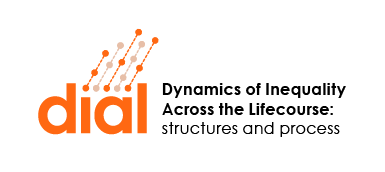Purpose – The purpose of this paper is to assess the role of local labour market conditions and pupil educational attainment as primary determinants of the post-compulsory schooling decision.
Design/methodology/approach – Through the specification of a nested logit model, the restrictive independence of irrelevant alternatives (IIA) assumption inherent in the multinomial logit (MNL) model is relaxed across multiple unordered outcomes.
Findings – The analysis shows that the factors influencing schooling decisions differ for males and females. For females, on average, the key drivers of the schooling decision are expected wage returns based on youth educational attainment, attitudes to school and parental aspirations, rather than local labour market conditions. For males, higher local unemployment rates encourage greater investment in education.
Originality/value – The contribution of this paper to the existing literature is threefold. First, a nested logit model is proposed as an alternative to a MNL. The former can formally incorporate the structured and sequential decision-making process that youths may engage with in relation to the post-compulsory schooling decision, as well as relaxing the restrictive IIA assumption inherent in the MNL across multiple unordered outcomes, an issue the authors discuss in more detail in the Methodology section below. Second, the analysis is based on extremely rich socio-economic data from the Longitudinal Study of Young People in England, matched to local labour market data and administrative data from the National Pupil Database and Pupil Level Annual School Census, which provide a broad set of unusually high-quality measures of prior attainment. The authors argue that such high-quality data and an appropriate model specification allows identification of the determinants of the post-compulsory decision in a more detailed manner than many previous analyses. Third, the data have the scale necessary to consider whether the determinants of post-compulsory schooling decisions vary by gender, a particularly important issue given the differential education participation rates of males and females (e.g. in this cohort, females are about 10 percentage points more likely to go on to higher education in the UK than males), and the gendered choices of occupation (see, e.g. Bertrand, 2011). The work will, therefore, provide recent empirical evidence from England on gender differences in the determinants of education choices.
